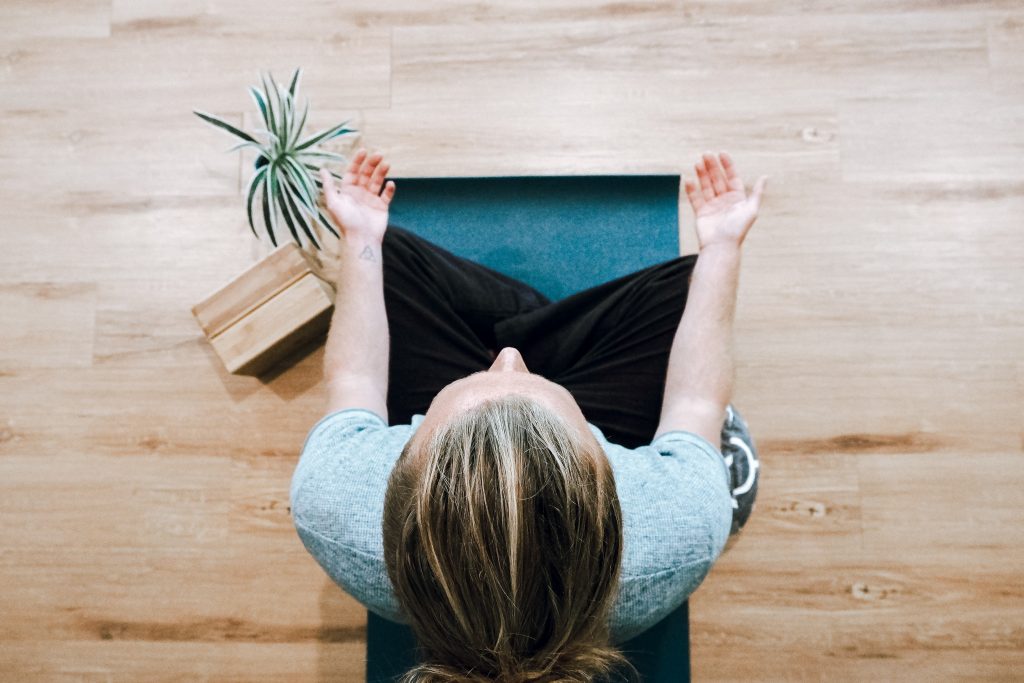In today’s fast-paced world, where we are constantly bombarded with information, tasks, and deadlines, it’s easy to get caught up in the chaos of our own thoughts and lose sight of the present moment. This is where mindfulness and heartfulness come in – two practices that are essential for our overall well-being and happiness.

Mindfulness is the practice of being fully present and aware of what is happening in the moment, without judgment or distraction. It involves paying attention to our thoughts, feelings, and physical sensations, and accepting them without trying to change them. Heartfulness, on the other hand, is the practice of cultivating compassion, love, and kindness towards ourselves and others.
While mindfulness and heartfulness are often viewed as separate practices, they are actually deeply interconnected. When we are mindful, we become more aware of our thoughts and emotions, and this awareness allows us to respond to them with kindness and compassion. This is the heartfulness aspect of the practice.
Similarly, when we cultivate heartfulness, we become more open and receptive to the present moment, which enhances our ability to be mindful. When we approach our thoughts and emotions with kindness and compassion, we are less likely to get caught up in negative thought patterns or react impulsively.
The importance of mindfulness and heartfulness cannot be overstated. Studies have shown that practicing mindfulness and heartfulness can have numerous benefits for our physical and mental health, including reduced stress and anxiety, improved mood and well-being, and better relationships with others.
One of the key benefits of mindfulness and heartfulness is that they can help us manage stress and anxiety.
One of the key benefits of mindfulness and heartfulness is that they can help us manage stress and anxiety. When we are stressed or anxious, our minds tend to race, and we may become overwhelmed with negative thoughts and emotions. Mindfulness can help us break this cycle by bringing us back to the present moment and helping us focus on our breath or other sensations in our body. Heartfulness can then help us respond to these feelings with compassion and kindness, rather than judgment or criticism.
In addition to reducing stress and anxiety, mindfulness and heartfulness can also improve our overall mood and well-being. When we are fully present and engaged in the moment, we are more likely to experience positive emotions like joy, gratitude, and contentment. Similarly, when we approach ourselves and others with kindness and compassion, we are more likely to feel connected and fulfilled.
Finally, practicing mindfulness and heartfulness can improve our relationships with others. When we are mindful, we are better able to listen to and understand the perspectives of others, which can improve communication and reduce conflict. Similarly, when we approach others with kindness and compassion, we are more likely to build strong and supportive relationships.
To incorporate mindfulness and heartfulness into your daily life, there are several simple practices you can try. One of the most popular is mindfulness meditation, which involves sitting quietly and focusing on your breath or other sensations in your body. Another is loving-kindness meditation, which involves directing feelings of compassion and kindness towards yourself and others.
Other practices that can help cultivate mindfulness and heartfulness include yoga, tai chi, and walking meditation. It’s also important to find ways to incorporate mindfulness and heartfulness into your daily activities, such as by paying attention to your senses while eating or engaging in conversation with others.
All things considered, mindfulness and heartfulness are two practices that are essential for our overall well-being and happiness. By cultivating mindfulness, we become more aware of our thoughts and emotions, and by cultivating heartfulness, we learn to approach ourselves and others with kindness and compassion. Together, these practices can help us manage stress and anxiety, improve our mood and well-being, and build strong and supportive relationships. So, take a deep breath, focus on the present moment, and approach yourself and others with kindness – your mind and body will thank you for it.






